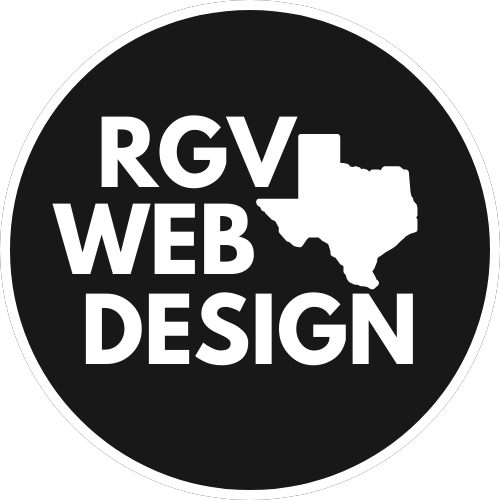Navigating the User Interface: A Deep Dive into Front-End Development in Texas Web Design

In the dynamic world of Texas web design, the user interface (UI) is the gateway to captivating online experiences. Front-end development, a crucial component of web design in Texas, plays a pivotal role in bringing designs to life. Let’s explore the intricacies of front-end development, emphasizing its significance in the field, with insights from top web designers in Texas and the vibrant community of McAllen.
1. Defining Front-End Development:
Front-end development, often referred to as client-side development, involves crafting the visual and interactive elements of a website that users directly engage with. This encompasses everything users see and interact with – from the layout and aesthetics to interactive features. In the context of Texas web design, front-end development sets the stage for a seamless and visually appealing user experience.
2. The Role of HTML, CSS, and JavaScript:
At the core of front-end development are three fundamental technologies: HTML (Hypertext Markup Language), CSS (Cascading Style Sheets), and JavaScript. HTML structures the content of a webpage, CSS styles and formats the layout, and JavaScript adds interactivity and dynamic behavior. Top web designers in Texas emphasize the mastery of these languages for creating engaging and responsive user interfaces.
3. Responsiveness and Cross-Browser Compatibility:
Front-end developers in Texas, including those in McAllen, prioritize responsiveness and cross-browser compatibility. Responsive design ensures that websites adapt seamlessly to different devices and screen sizes. This is integral to meeting the high standards set by top web designers in Texas, who recognize the importance of delivering consistent and optimal user experiences across various platforms.
4. User Experience (UX) Design Integration:
Collaboration between front-end developers and UX designers is key in Texas web design. Front-end development brings UX design concepts to life, ensuring that the visual elements align with the intended user journey. By integrating UX principles, top web designers in Texas create websites that not only look appealing but also provide intuitive and enjoyable user experiences.
5. Optimizing Website Performance:
Front-end development plays a crucial role in optimizing website performance. This involves minimizing page load times, optimizing images, and employing techniques like lazy loading. Such optimizations are vital in the competitive landscape of web design in McAllen and Texas, where user expectations for fast and efficient websites are high.
6. Frameworks and Libraries:
Front-end development in Texas often involves the use of frameworks and libraries that expedite the development process. Popular frameworks like React, Angular, and Vue.js, along with libraries like jQuery, empower developers to build complex and feature-rich user interfaces efficiently. These tools are embraced by top web designers in Texas for their effectiveness in crafting modern and dynamic websites.
Conclusion:
In Texas web design, front-end development emerges as a cornerstone in creating compelling and user-centric online experiences. With HTML, CSS, and JavaScript at its core, front-end development shapes the visual elements, interactivity, and responsiveness of websites. As top web designers in Texas continue to push the boundaries of creativity and functionality, front-end development remains an indispensable skill in the toolkit of professionals shaping the digital landscape of McAllen and beyond.
References:
- “Introduction to HTML” – Mozilla Developer Network
- “CSS: Cascading Style Sheets” – W3C
- “JavaScript Guide” – Mozilla Developer Network
- “Responsive Web Design Basics” – Mozilla Developer Network
- “User Experience (UX) Design: A Practical Guide” – Interaction Design Foundation
- “Top Front-End Development Frameworks in 2023” – Dev.to
- “Web Performance Optimization: Best Practices” – Google Developers





